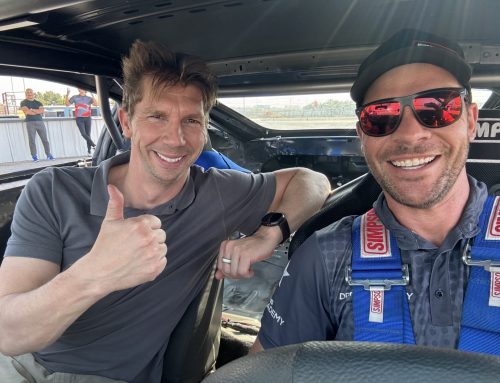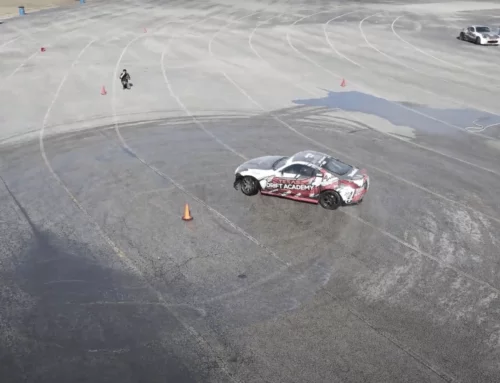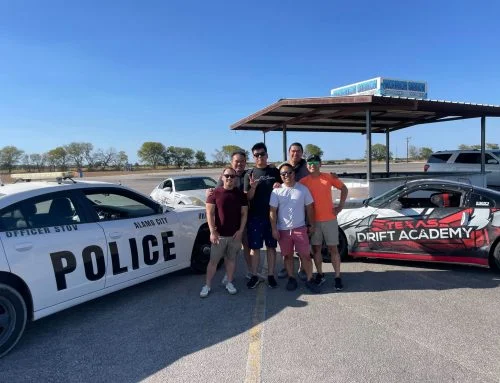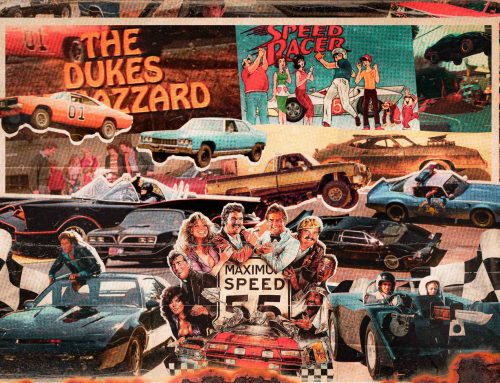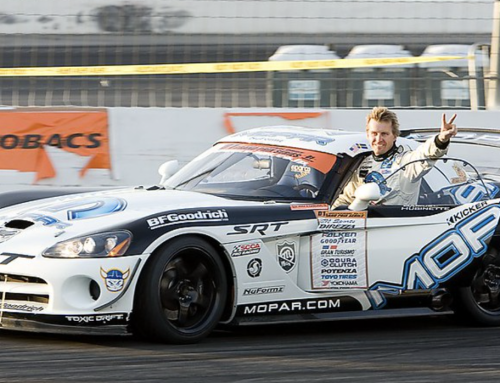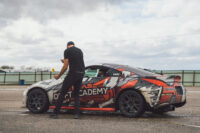 At Texas Drift Academy we pride ourselves in offering more seat time than any other performance driving school. AND, we also pride ourselves in PROGRESSION of our students to learn new skills, maneuvers and techniques of drifting, stunt driving and car control.
At Texas Drift Academy we pride ourselves in offering more seat time than any other performance driving school. AND, we also pride ourselves in PROGRESSION of our students to learn new skills, maneuvers and techniques of drifting, stunt driving and car control.
In our courses, a student progresses from one maneuver to the next when they can perform the maneuver 70% of their attempts. So, when a student is stuck, there are several methods we use to progress them. We may swap seats and do a demo again. We may distract them from the cognitive instruction by talking about something different or joking to loosen their cognitive paralysis of absorbing teaching. Or, we may take a break.
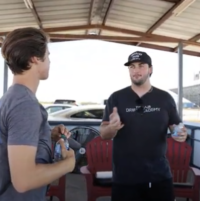 And that last one – taking a break while learning these new car control skills – is more beneficial than you think. Students often want to just keep ‘grinding’ until they get a drift turn down or link up a figure eight. But after you’ve been taught the technique and you have experienced the motor skills in your body, the break actually allows things to absorb, marinade and sink in.
And that last one – taking a break while learning these new car control skills – is more beneficial than you think. Students often want to just keep ‘grinding’ until they get a drift turn down or link up a figure eight. But after you’ve been taught the technique and you have experienced the motor skills in your body, the break actually allows things to absorb, marinade and sink in.
This is because of something called the ‘spacing effect,’ a proven idea that we learn better when we spread out our study times. Several scientific studies, like those by Walker and Korman, have shown that breaks between practice sessions can really help us get better at new motor skills, including sports and of course, drifting.
In sports training and athletic development, the concept of distributed practice or spaced repetition is well recognized. This approach involves interspersing periods of training with periods of rest, which aids in the recovery and reinforcement of the newly acquired motor skills. This approach is contrary to massed practice, which involves intensive, uninterrupted training sessions.
In a study called “Consolidation of Motor Memory,” by Krakauer and Shadmehr (2006), the authors discuss how different stages of learning and rest intervals play a role in motor memory consolidation, stressing the importance of rest intervals for the enhancement of motor skills.
A study titled “Reorganization and Plasticity in the Adult Brain During Learning of Motor Skills” by Benali Doyon (2005) provides insights into how motor learning induces changes in the brain and how rest intervals may facilitate this reorganization to enhance the learning of new skills.
A study titled “Early Boost and Slow Consolidation in Motor Skill Learning” showed that a rest interval between two training sessions significantly enhanced motor sequence learning compared to back-to-back training sessions, suggesting that consolidation processes occur even during very short intervals.
In “Offline Learning and the Primary Motor Cortex,” by Robertson and Press (2005), the authors discuss how periods of rest can facilitate learning by allowing for the consolidation of motor memories, even without any conscious effort to learn during those periods.
A 2011 study by Cohen Dayan titled “Neuroplasticity Subserving Motor Skill Learning” discusses the neural substrates of motor learning and how consolidation during rest periods plays a crucial role in skill acquisition.
It is also helpful to get sleep and take a longer break between learning. In the study titled “Sleep-Related Consolidation of a Visuomotor Skill: Brain Mechanisms as Assessed by Functional Magnetic Resonance Imaging,” the role of sleep in consolidation of motor learning was examined. It demonstrated that sleep, after learning a new visuomotor skill, induces a reorganization of brain activity, favoring the consolidation of the motor memory. This is why we’ve introduced the Drift+ Elite Course, a two-day course designed for students who are committed to significantly advancing their drifting skills.
At Texas Drift Academy, our commitment is not just to provide more seat time than any other performance driving school but to ensure genuine progression in each student’s skills in drifting, stunt driving, and car control. We understand that learning is not a one-size-fits-all approach, and sometimes, progression is found in pausing and reflecting. Our pauses are short, but long enough to create a space amidst learning a new skill that creates a ‘cognitive absorption’ of the skill into the brain. Quality coaching + quality practice + an occasional rest yields mastery in the art of car control.

